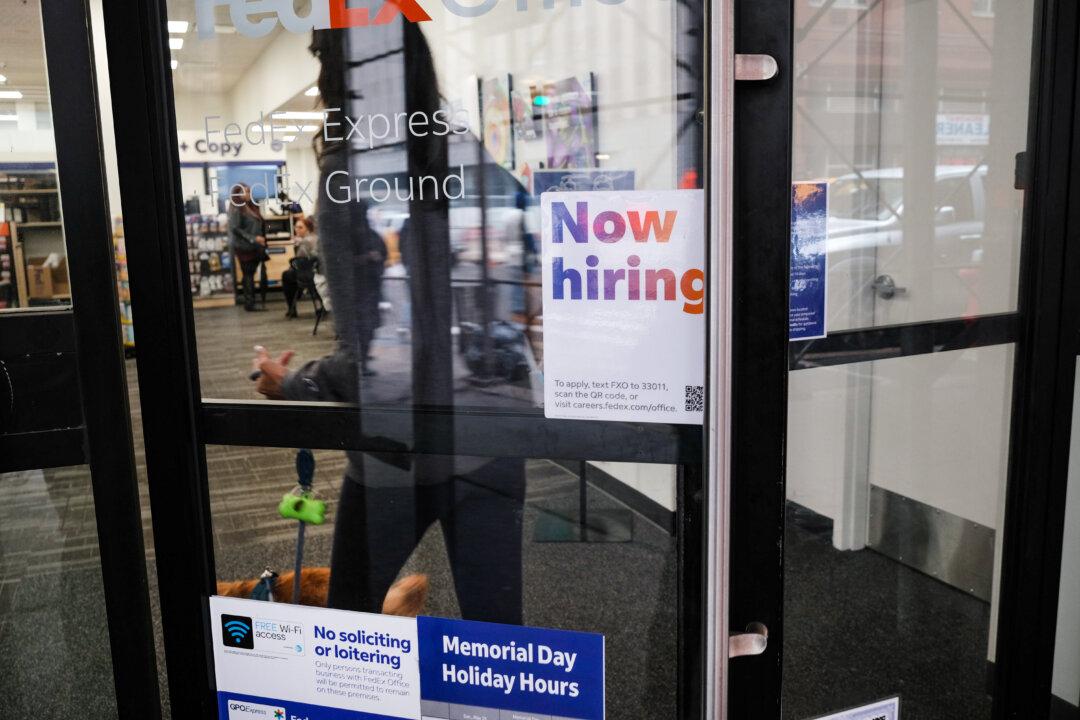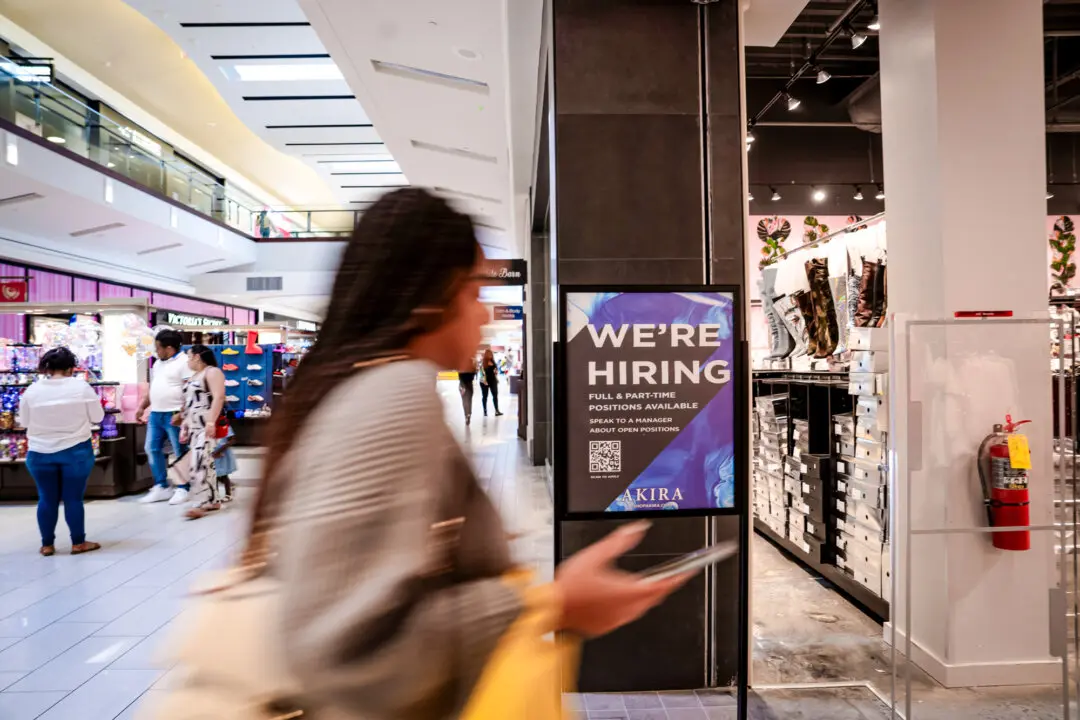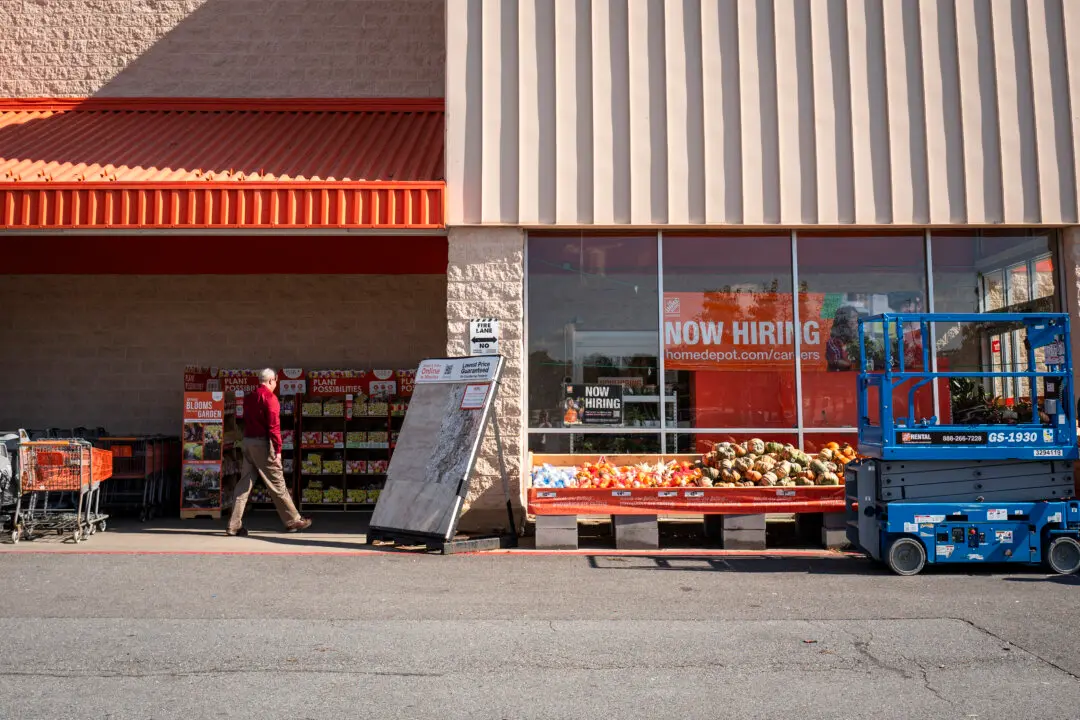Cracks are beginning to form in the labor market, despite a robust March jobs report, leading market analysts to assert that the recent banking turmoil may be a contributing factor to easing employment growth in coming months.
Mike Fratantoni, chief economist of the Mortgage Bankers Association (MBA), predicted in a research note that the unemployment rate will rise to about 5 percent this year.





